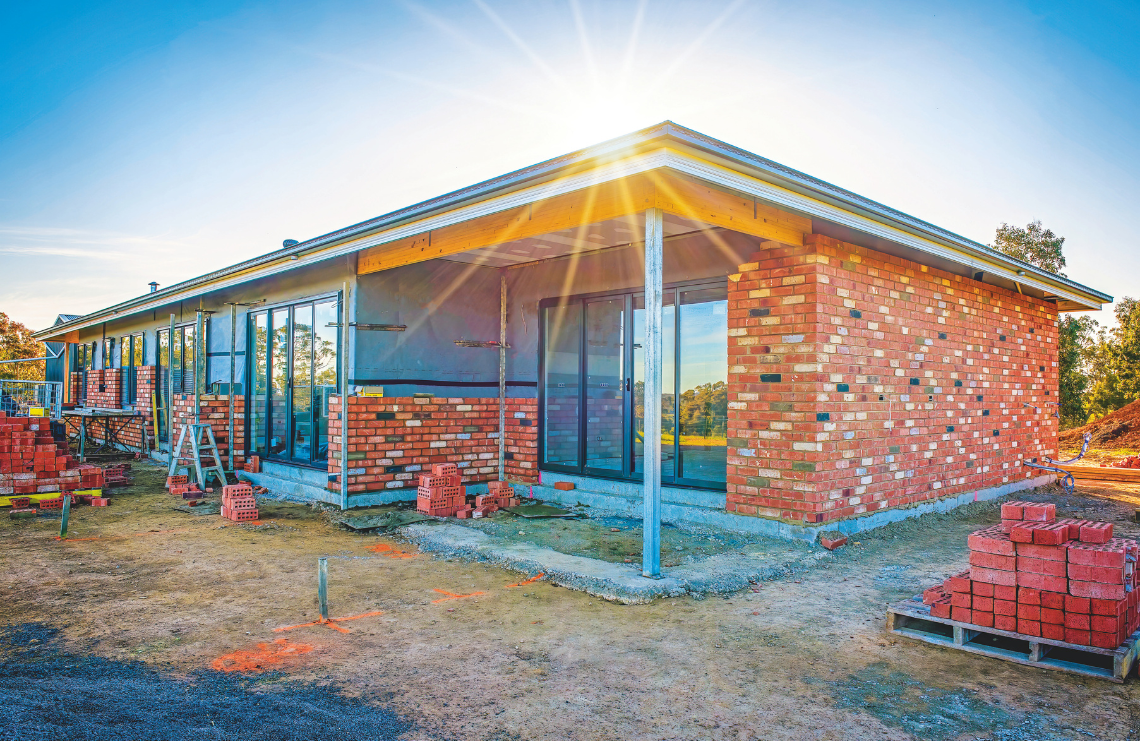“To renovate or rebuild?” is a common dilemma faced by Australian homeowners and investors. Renovation is the process of repairing, renewing or restoring an outdated structure to good condition, while rebuilding involves knocking down the existing structure and constructing a new one from scratch. Typically, renovation is less invasive and involves making smaller fixes to outdated building components in order to improve the overall aesthetic of the building. On the other hand, rebuilding brings structural changes that alter the architectural design of a building. There are many factors that come into play when choosing between a rebuild and a renovation. Let’s look at some of the key points.
Council Restrictions
There are 537 councils across Australia, and each has different requirements for building plans and permits. In some areas, council planning laws prohibit buildings of specific historical importance from being demolished or significantly changed. What’s more, special requirements may apply in environmentally protected areas such as bushfire-prone areas. Internal renovations don’t usually need council approval unless they involve structural changes, but most external renovations do.

In Australia, a renovation permit requires a fee and building Permit levy and includes drawings and specifications. The approval can take anywhere from 30 to more than 100 days, depending on the council. Conversely, a new construction project usually requires more licenses, permits, approvals, certificates and consents depending on the size. Approvals can take several months and often more than a year if there are objections from neighbours.
Cost
Another important aspect when it comes to rebuilding or renovating a building is the budget. In general, rebuilding a structure costs more than renovating because of the demolition, material and labour costs of framing a new structure.
However, in some cases, renovation may cost more due to a wide range of factors. First, renovation projects often face code compliance issues that can be expensive to address, such as compliance levies, construction certificates, progress inspections, sewer inspection and insurances, just to name a few.
Second, costs can also be harder to predict as one simple project could encounter problems hidden behind walls and floors, spiralling the budget out of control.
With knockdown-rebuilds, the owner has complete cost control, with minimal obstacles that could significantly impact the budget.

